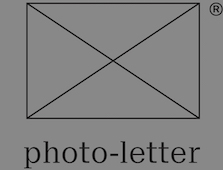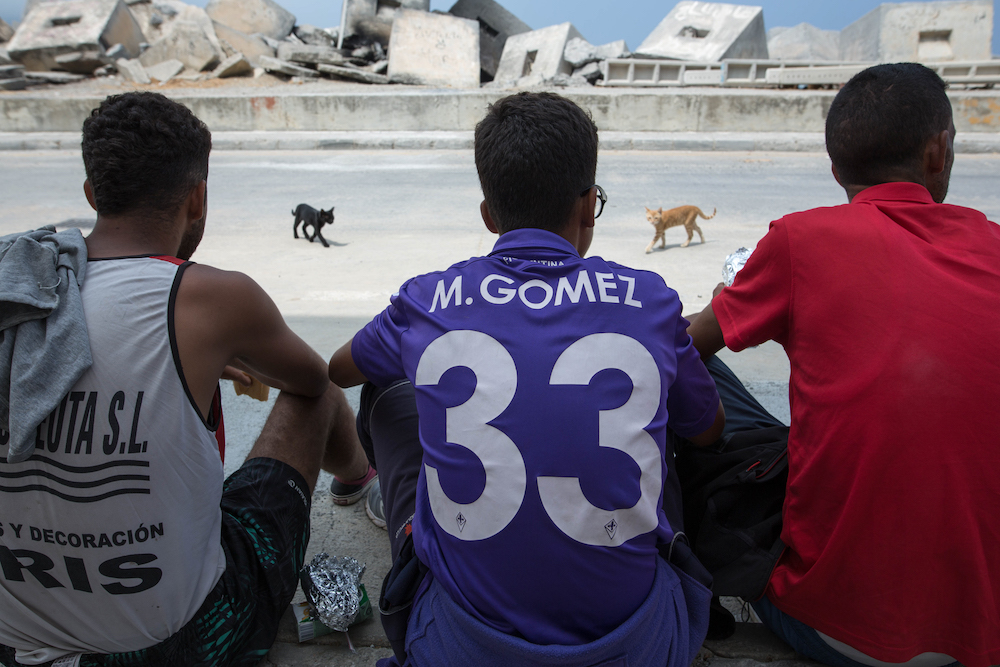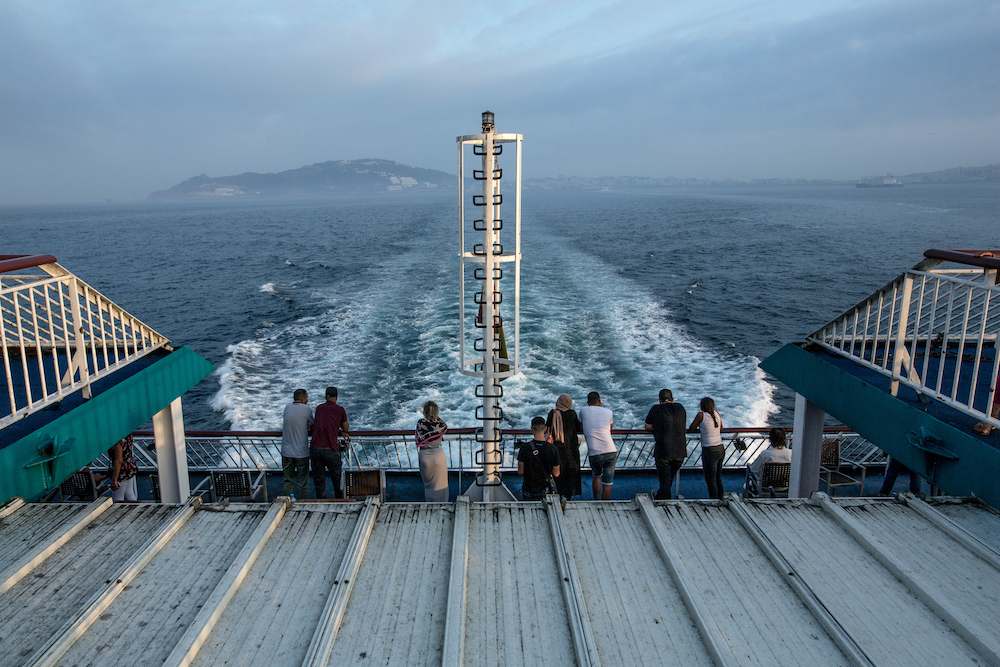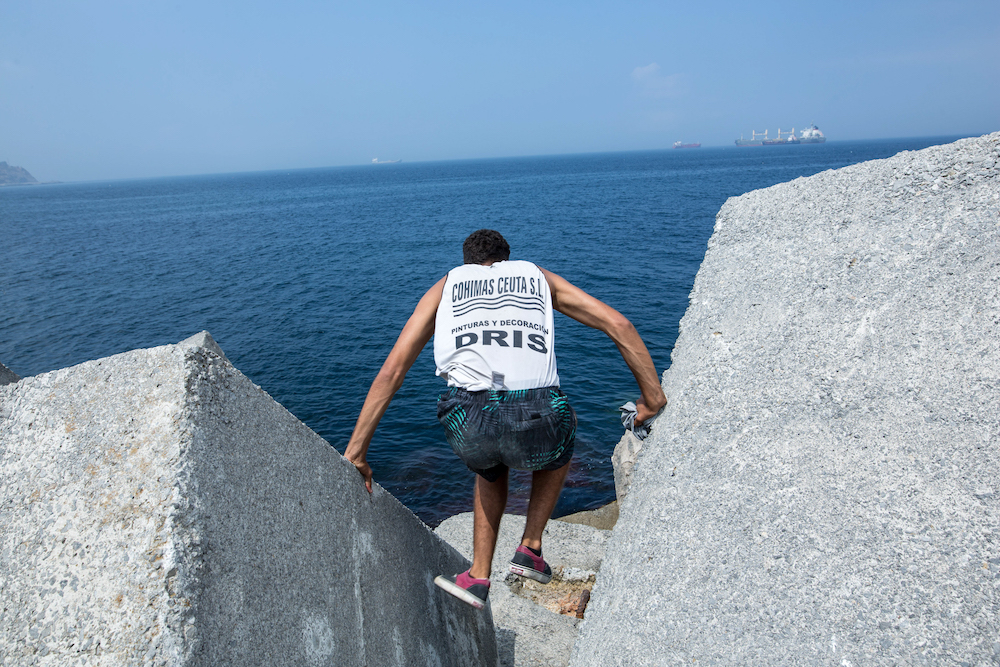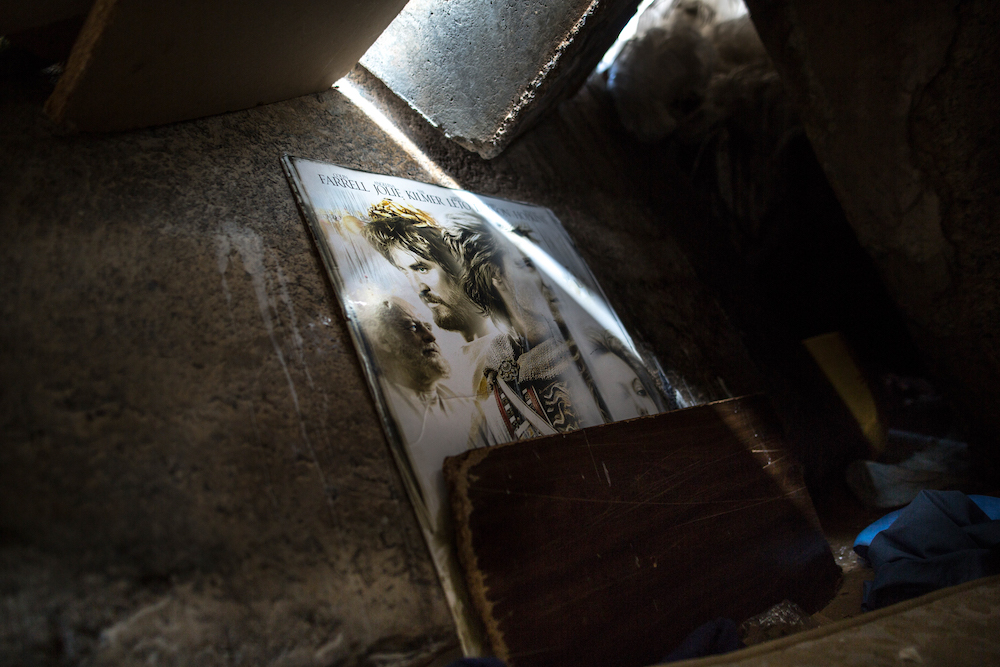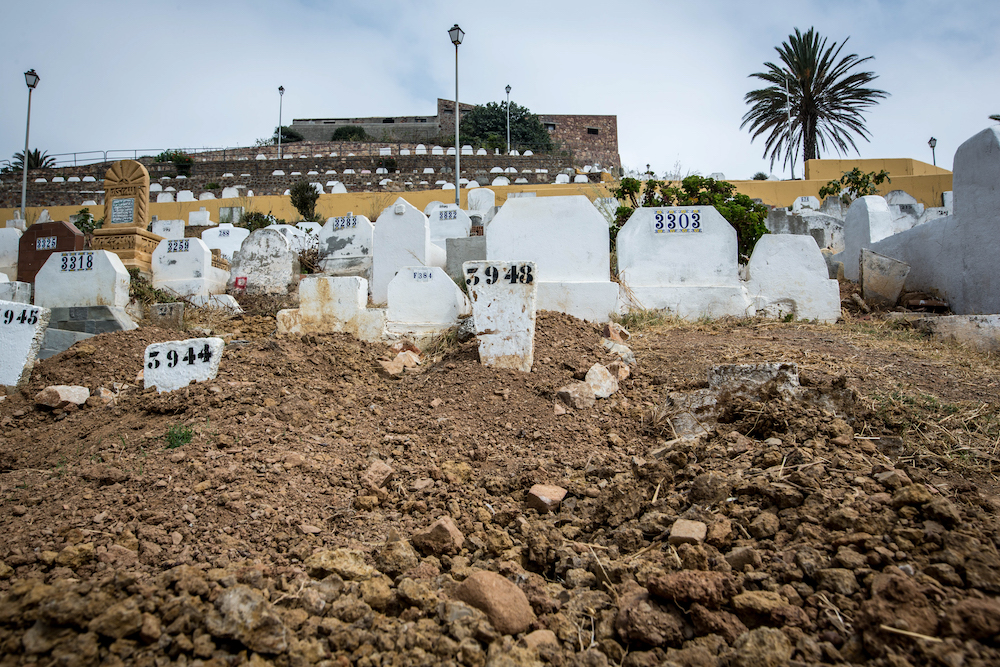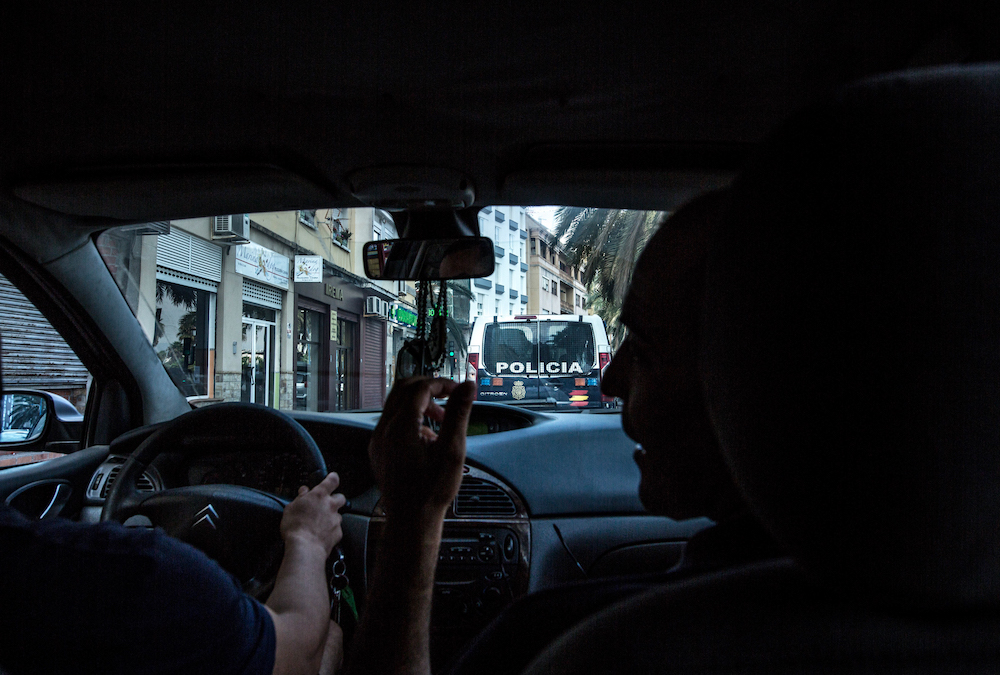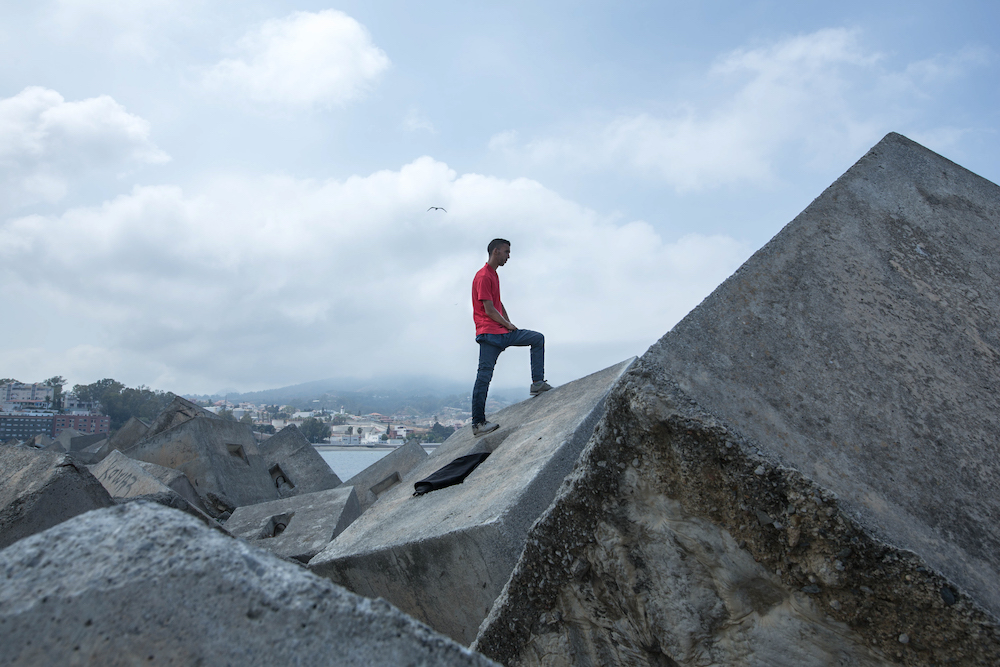No Way Back
Sadak Souici
2019 — Ceuta, Spain
About this series
“No Way Back” tells the story of a young migrant in the Spanish enclave of Ceuta, in northern Morocco. Sadak Souici meets unaccompanied minors who try to cross the Strait of Gibraltar each night to reach the European continent. During the day, nearly 300 young people from Morocco, Algeria and sub-Saharan Africa wander the streets of Ceuta in search of a few euros. They often sleep under the rocks of the seawall.
Photographer: Sadak Souici
Nationality: French
Based in: Paris, France
Website: www.lepictoriumagency.com/en/sadak-souici
Instagram: @sadaksouici
Sadak Souici was born in Paris in the 1980s. Photojournalist since 2008, he works as a freelance photographer and is represented by the agency Le Pictorium since 2015. His work is divided between news reports and long term documentaries about conflict areas, social life, environmental issues and politics. He regularly publishes in France and abroad: Le Monde, La Croix, Le Parisien, Mediapart, Liberation, The Guardian, Daily Mirror, Die Zeit, Der Spiegel, Russia Reporter, la Libre.be, Vice, the New York Times and RTS for video reports.
After two years spent in Ukraine documenting the lives of civilian populations on the front line between Ukraine and the Donbass, his photographic work is exhibited by the NGO Premiere Urgence Internationale. This year-long collaboration has been the subject of several exhibitions in Paris (Mairie du Xème, La Bellevilloise) and in Kiev, Ukraine in 2019. More recently, he spent time in Algeria covering the peaceful demonstrations against the Algiers regime. The daily newspaper Liberation chose one of its photographs for its cover of March 29, 2019. He regularly collaborates with the magazine Hesa Mag, devoted to health and safety at work who commissioned stories on prison work, harassment at work, coal mines in Europe and a story on the European Frontex Agency. Mediapart published three of these reports in 2019.
